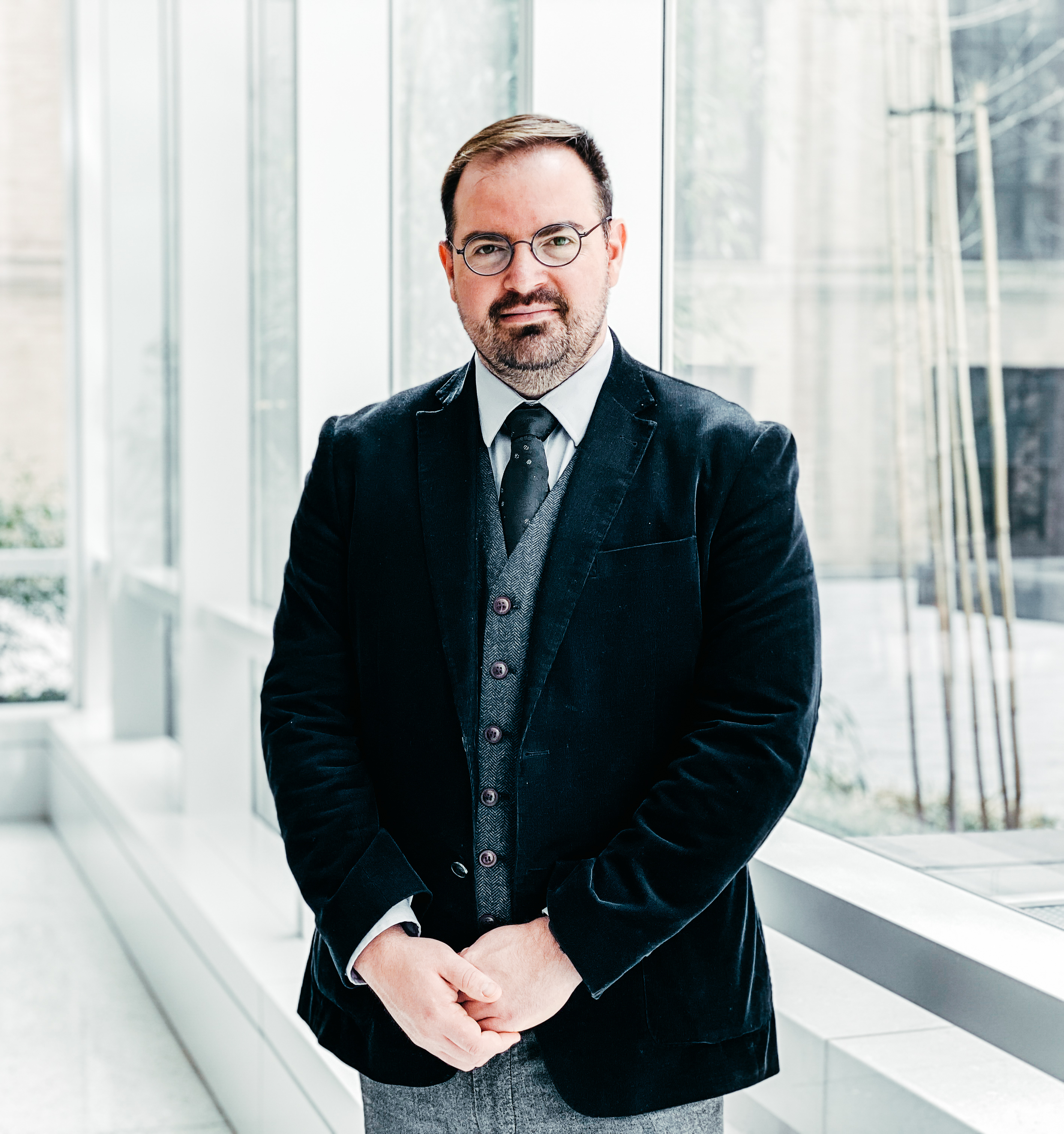Tissue Engineering
Multicellular Engineered Living Systems
Reconstructing Multiorgan Human Physiology for the Studies of Systemic Immunity
Thursday, October 12, 2023
12:30 PM - 12:45 PM PDT
Location: 334 (Center, Level 3)

Martin Trapecar
Assistant Professor
Johns Hopkins School of Medicine
St. Petersburg, Florida, United States
Presenting Author(s)
The human immune system adeptly balances tolerance with immunity against pathogens, thanks to a complex interplay between innate and adaptive immune cells and other body systems. While many processes are universally shared, our unique genetic makeup and antigen exposure result in individual immune repertoires. Recent advances in single-cell RNA sequencing have begun to elucidate the connections between immune cells across tissues, revealing individual distinctions.
The Trapecar Laboratory of Human Biomimetics is deepening our understanding of this intricate crosstalk. We use donor-matched multiorgan microphysiological systems (MPS) combined with systems immunology to explore how local responses, such as at mucosal barriers, influence systemic immunity and vice-versa. Our team has developed a donor-matched model of the gut-liver axis, a crucial interface for microbes and various autoimmune diseases like IBD and autoimmune hepatitis. This model integrates a gut MPS with primary epithelial cells and native immune populations and a liver MPS with primary hepatocytes and resident immune cells. Using this model, we charted the functional heterogeneity of T cells across donors and studied the interplay between intestinal inflammation and liver function after exposure to bacterial and viral infection mimics. We envision this work as a foundational step in using donor-matched MPS models to unearth new insights into human immunity and organ interactions, aiding our efforts against pathogens and autoimmune diseases.
The Trapecar Laboratory of Human Biomimetics is deepening our understanding of this intricate crosstalk. We use donor-matched multiorgan microphysiological systems (MPS) combined with systems immunology to explore how local responses, such as at mucosal barriers, influence systemic immunity and vice-versa. Our team has developed a donor-matched model of the gut-liver axis, a crucial interface for microbes and various autoimmune diseases like IBD and autoimmune hepatitis. This model integrates a gut MPS with primary epithelial cells and native immune populations and a liver MPS with primary hepatocytes and resident immune cells. Using this model, we charted the functional heterogeneity of T cells across donors and studied the interplay between intestinal inflammation and liver function after exposure to bacterial and viral infection mimics. We envision this work as a foundational step in using donor-matched MPS models to unearth new insights into human immunity and organ interactions, aiding our efforts against pathogens and autoimmune diseases.
